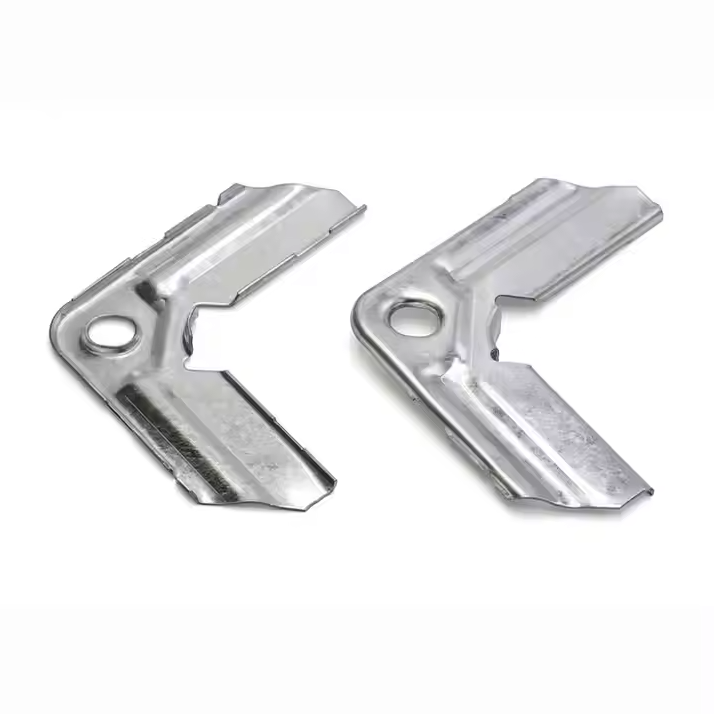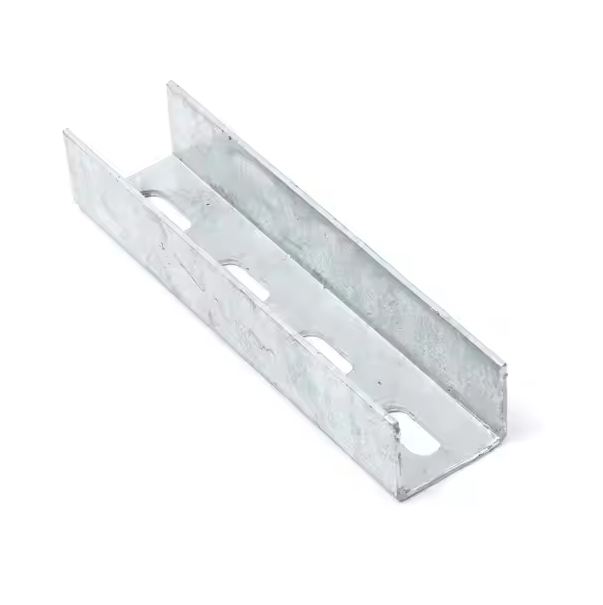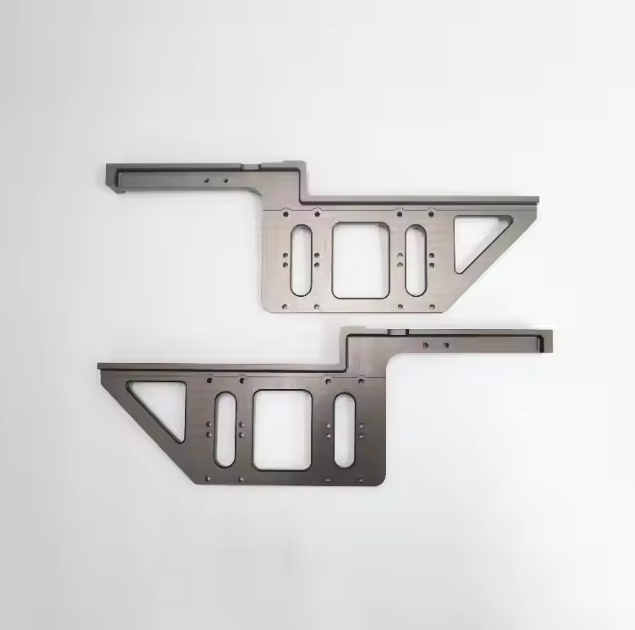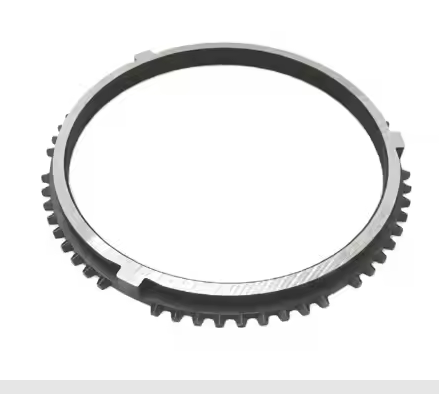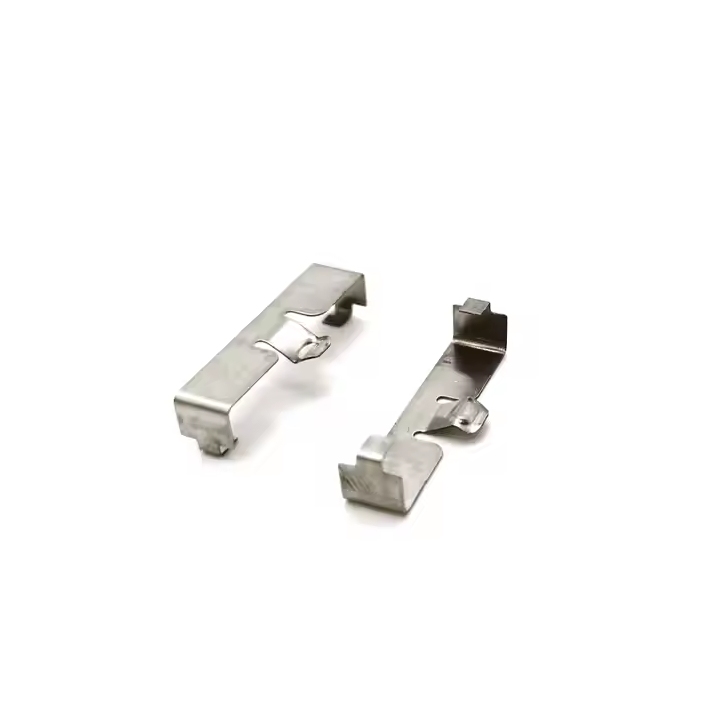Design for Manufacturing (DFM) and Design for Assembly (DFA) are two design methods used in the product design phase, which aim to simplify the manufacturing and assembly process by optimizing the product design, thereby reducing costs, improving efficiency, and enhancing product quality. These two methods are often used in combination and are collectively referred to as DFMA (Design for Manufacturing and Assembly).

Design for Manufacturing (DFM)
The main purpose of DFM is to optimize the product during the design phase in order to reduce cost, time, and difficulty during the manufacturing process. When designing a product, the designer considers the characteristics and limitations of various manufacturing processes to ensure that every part of the design can be manufactured in an efficient and cost-effective manner.

Key principles of DFM
Reduce complexity: Reduce manufacturing difficulty by simplifying part design and reducing unnecessary complexity.
Standardized parts: Give priority to standardized parts or modular design to facilitate mass production and supply chain management.
Optimize material selection: select easy-to-process and cost-effective materials while ensuring functional requirements.
Consider manufacturing tolerances: Set reasonable tolerances while meeting the functions to reduce the need for high-precision processing and save costs.
Design manufacturability features: Consider the requirements of processing technology, such as the applicability of CNC processing, stamping, casting, injection molding and other processes to improve the machinability of parts.
Advantages of DFM
Reduced manufacturing costs: Reduce material, equipment and labor costs by optimizing the design.
Shortened production cycle: Reduce complex processing technology and subsequent manufacturing steps, and speed up the product cycle from design to production.
Improve product quality: Optimized design improves the manufacturability of products, thereby reducing potential defects in the manufacturing process.
Reduce waste and rework: Reasonable design reduces part errors and non-conformity rates, which helps achieve the goal of energy conservation and environmental protection.
Application of DFM
Consumer electronics: When designing consumer electronics products (such as smartphones and tablets), DFM helps designers consider structural optimization and material selection, thereby achieving product lightweighting and improved production efficiency.
Automobile manufacturing: In the design of automotive parts, DFM helps reduce the use of complex processes and material waste, and improves manufacturing consistency and reliability.
Medical equipment: In the design of high-precision medical equipment, DFM can reduce manufacturing complexity and improve the mass production efficiency of equipment.
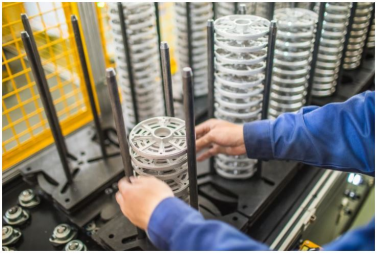
Design for Assembly (DFA)
The purpose of DFA is to simplify the assembly process, reduce assembly time and cost, and improve assembly efficiency through design optimization. The core idea of DFA is to reduce the number of parts, optimize the assembly process, and ensure that the design of each part is easy to assemble, thereby reducing the difficulty of assembly.
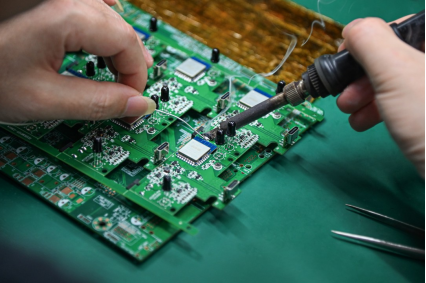
Key principles of DFA
Reduce the number of parts: Reduce the number of product parts as much as possible to reduce assembly and maintenance costs.
Design alignment and positioning features: Ensure that parts can be naturally aligned during assembly to reduce additional positioning steps.
Optimize the shape and size of parts: Design shapes that are easy to assemble and ensure that parts are easy to grab, install and fix.
Reduce the need for special tools: Avoid using special tools or complex assembly steps to simplify the assembly process.
Modular design: Use modular design thinking to group parts into modules for easy assembly and subsequent maintenance.
Advantages of DFA
Reduce assembly costs: Reduce the number of parts and assembly steps, thereby reducing labor and time costs.
Improve assembly efficiency: Optimize the design to make the assembly process easier and smoother, and improve productivity.
Improve product quality: Simplify the assembly process to reduce the possibility of errors, thereby improving assembly quality.
Easy to maintain and disassemble: Modular and standardized design is not only easy to assemble, but also convenient for later maintenance and repair.
Application of DFA
Home appliances: In the design of home appliances, the application of DFA can reduce the number of parts and simplify the assembly steps, thereby improving production efficiency.
Automobile assembly: DFA can simplify the assembly process of automobiles, reduce labor costs, shorten assembly time, and improve assembly line efficiency.
Aerospace: Aerospace products have many parts. Through DFA design, assembly complexity and manpower requirements can be significantly reduced, ensuring assembly accuracy and reliability.
Comprehensive application of DFMA (Design for Manufacturing and Assembly)
DFMA is a combination of DFM and DFA methods, which aims to consider the manufacturing and assembly requirements of products from the design stage to ensure efficiency and economy throughout the production process. DFMA effectively balances the requirements of the manufacturing and assembly processes through overall design optimization, thereby achieving comprehensive cost savings, higher product quality and shorter production cycles.
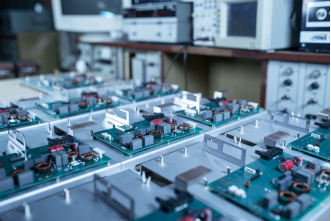
Design for manufacturing (DFM) and design for assembly (DFA) are key methods in modern product design. By introducing DFM and DFA in the product design stage, costs can be reduced, production cycles can be shortened, and production efficiency can be improved without sacrificing functionality and quality. In the future development of manufacturing and intelligent manufacturing, the DFMA method will continue to play an important role and is a powerful tool for achieving efficient and low-cost manufacturing.
In conclusion, understanding the difference between DFM and DFA can help you figure out the perfect approach for your specific project. With the detailed discussion we provide, you can easily find the answer and choose the right approach for you.
If you are still struggling after that, then you always have options like Xuanmin will provide the best solution for your project. You can also try out their manufacturing services to get your work done using DFM or DFA.
